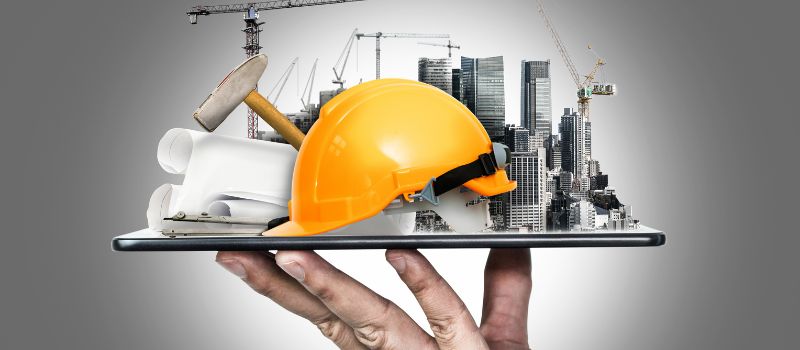
MEP & BIM Integration in Construction
In the rapidly evolving landscape of construction, staying ahead of the curve is imperative. The integration of Mechanical, Electrical, and Plumbing (MEP) systems with Building Information Modeling (BIM) technology has emerged as a game-changer, revolutionizing the way projects are conceptualized, designed, and executed. This synergy not only enhances efficiency but also fosters sustainability, marking a paradigm shift towards a more eco-conscious approach to building.
Harnessing Synergy: The Power of MEP & BIM Integration
1. Streamlined Design and Coordination
One of the key advantages of MEP and BIM integration is the seamless coordination it offers. Through advanced 3D modeling and clash detection capabilities, potential conflicts among various building systems are identified and resolved during the design phase. This eliminates costly rework and delays during construction, ensuring a smoother project timeline.
2. Improved Energy Efficiency
Sustainability is no longer an option, but a necessity in modern construction practices. MEP and BIM integration empowers designers to optimize energy consumption by simulating various scenarios and selecting the most efficient solutions. From lighting to HVAC systems, every component is meticulously analyzed for its environmental impact, resulting in buildings that are not only functional but also eco-friendly.
3. Cost-Effective Solutions
Efficiency in construction extends beyond timelines; it encompasses costs as well. By leveraging MEP and BIM integration, projects can be executed with pinpoint accuracy, minimizing material wastage and reducing overall expenses. Additionally, the ability to simulate and analyze different design alternatives enables stakeholders to make informed decisions that align with budgetary constraints.
4. Enhanced Safety Measures
Safety is paramount in any construction endeavor. MEP and BIM integration provides the means to conduct thorough safety analyses before the physical construction phase commences. Potential hazards and risks are identified and mitigated, ensuring a secure working environment for all involved.
5. Future-Proofing Projects
As technologies continue to advance, future-proofing construction projects becomes crucial. MEP and BIM integration lay the foundation for scalability and adaptability. By creating a digital twin of the physical structure, any future modifications or upgrades can be seamlessly incorporated, saving both time and resources.
Embracing a Sustainable Future
The marriage of MEP and BIM in construction represents a significant leap towards sustainability. By optimizing resource utilization, minimizing waste, and prioritizing energy efficiency, projects become not only economically viable but also environmentally responsible. This shift towards greener construction practices is not just a trend, but a necessity in our rapidly changing world.
In conclusion, the integration of MEP and BIM in construction is a transformative force, propelling the industry towards a more efficient, cost-effective, and sustainable future. The benefits, ranging from streamlined design to enhanced safety measures, are tangible and impactful. Embracing this synergy is not just a competitive advantage; it’s a commitment to building a better world.


